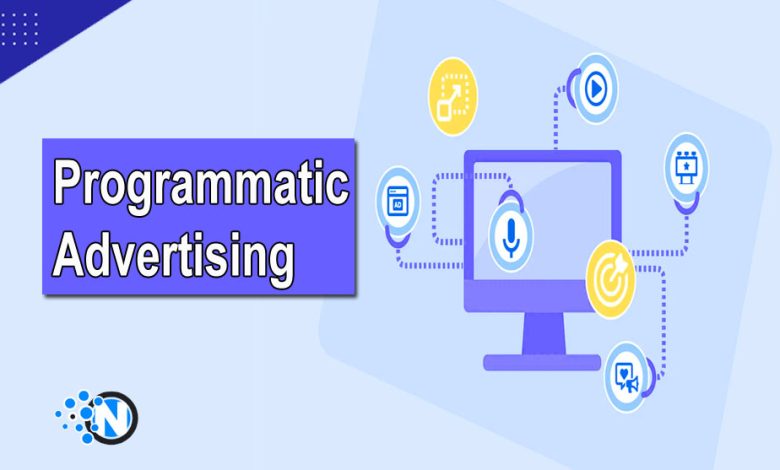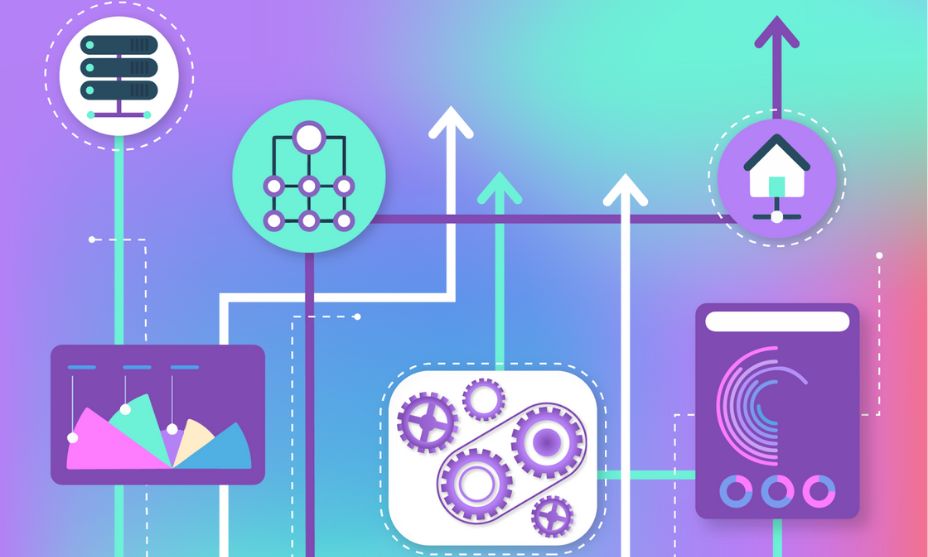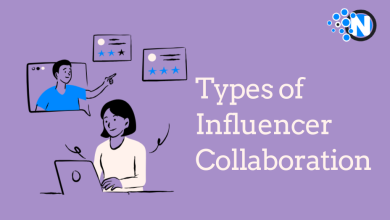What is Programmatic Advertising and its Top Trends?

Programmatic advertising is a sophisticated method of buying and selling digital advertising space in real-time through automated platforms and algorithms. Unlike traditional advertising, where deals are negotiated and placed manually, programmatic advertising uses data-driven technology to make ad buying and placement decisions. This allows advertisers to target specific audiences with precision and efficiency, enhancing the overall effectiveness of their campaigns.
What is Programmatic Advertising?
Programmatic advertising uses algorithms and data to buy and sell digital ad space in real time. Advertisers utilize Demand-Side Tools (DSPs) to set targeting criteria and budgets and bid in real-time for website and app ads. This method allows precise audience targeting, effective marketing campaign management, and real-time ad performance optimization, changing digital advertising.
Top Trends in Programmatic Advertising
As the digital marketing landscape evolves, programmatic advertising continues shaping how brands connect with their audiences. Here are some of the top trends in programmatic advertising:
1. Artificial Intelligence (AI) and Machine Learning Integration
AI and ML transform programmatic advertising by enabling advanced audience targeting, dynamic ad optimization, and real-time decision-making. These technologies analyze vast amounts of data to determine the most relevant ad placements, increasing campaign efficiency and personalization.
2. Cross-Channel Advertising
Programmatic advertising is expanding beyond display ads to encompass various digital channels, including video, audio, social media, and connected TV. Advertisers can create cohesive, cross-channel campaigns that maintain consistent messaging and targeting across different platforms.
3. Data Privacy and Consent Compliance
With increasing emphasis on data privacy regulations such as GDPR and CCPA, programmatic advertising is adapting to ensure compliance. Advertisers are incorporating consent management tools and working with partners who prioritize user data protection to maintain transparency and trust.
4. Contextual Targeting and Brand Safety
Contextual targeting is gaining prominence as advertisers seek alternative ways to reach their audience without relying heavily on user data. By analyzing the content and context of web pages, programmatic advertising platforms can ensure brand-safe placements and relevant messaging.
Read More: How Contextual Marketing Is Important for Business
5. First-Party Data Utilization

Brands are leveraging their own first-party data to enhance programmatic campaigns. This data, collected directly from customers, allows for highly personalized and relevant ad experiences. It also becomes particularly valuable as third-party cookies face increasing restrictions.
6. Dynamic Creative Optimization (DCO)
DCO tailors ad creatives in real time based on user behavior, preferences, and contextual information. This approach delivers more personalized and engaging ads, increasing the likelihood of user interaction and conversion.
7. Programmatic Audio Advertising
The rise of podcasts and streaming platforms has led to the emergence of programmatic audio advertising. Advertisers can target users based on their music preferences, geography, and other factors, delivering audio ads seamlessly integrating into the listening experience.
8. Incrementality Measurement
Advertisers are placing greater emphasis on measuring the true impact of their programmatic campaigns. Incrementality measurement assesses whether an ad campaign leads to a measurable increase in desired actions, helping advertisers optimize their strategies and allocate budgets more effectively.
9. In-Housing and Brand Control
Some brands are bringing programmatic advertising operations in-house to gain more control over their campaigns, data, and brand messaging. This trend emphasizes transparency, data ownership, and the ability to tailor strategies to specific business goals.
10. Advanced Reporting and Attribution

Enhanced reporting and attribution models provide advertisers with deeper insights into the customer journey and the impact of different touchpoints. Programmatic platforms are increasingly focusing on accurate attribution to measure the effectiveness of each ad interaction.
11. Header Bidding and Unified Auctions
Header bidding has gained popularity as a method to increase transparency and competition in programmatic ad auctions. Unified auctions bring together direct and programmatic demand sources, allowing publishers to maximize revenue by selecting the highest-paying ad for each impression.
12. Supply Path Optimization (SPO)
Supply path optimization focuses on streamlining the programmatic supply chain by identifying the most efficient routes to inventory. Advertisers and agencies use SPO to reduce costs, improve transparency, and enhance ad viewability.
13. Contextual Commerce Integration
Programmatic advertising embraces contextual commerce, where ads are placed within the user’s content consumption journey. By connecting ads to relevant products and services, advertisers can capitalize on consumer intent and drive conversions.
14. Programmatic Out-of-Home (OOH) Advertising
The integration of programmatic technology with out-of-home advertising allows advertisers to deliver targeted messages to consumers in physical locations. Real-time data and dynamic content enable personalized messaging on billboards, transit ads, and digital screens.
15. Sustainable Advertising Practices
Sustainable programmatic advertising is gaining traction as brands and advertisers become more conscious of their environmental impact. Advertisers seek to minimize ad waste, reduce data usage, and implement eco-friendly practices to align with sustainability goals.
How Programmatic Advertising Works?

Programmatic advertising has made digital advertising campaigns more efficient, targeted, and data-driven. This technology-driven method lets advertisers target their customers and automate inventory ads for buying and selling. How does programmatic advertising work?
Programmatic advertising streamlines ad buying with complex algorithms and data analysis. It works step-by-step:
1. Stock availability
Digital advertising exchanges let publishers sell their ad inventory. This inventory comprises display, video, and native ads on websites, applications, and other digital channels.
2. Advertiser Bid
Demand-side platforms (DSPs) let advertisers bid on ad inventory. Audience demographics, ad placement, and campaign goals influence these bids. The best bid for each ad impression is determined by DSPs analyzing massive volumes of data in real time.
3. Real-Time Bidding
User visits to a webpage or app with ad space trigger an instantaneous auction. The highest bidder gets to show their ad to the user in real time. The entire procedure takes milliseconds before the website loads.
4. Ad Placement
The winning bid dynamically generates and delivers the ad to the user’s device. This technique matches ads to users’ interests, surfing history, and other data.
5. Optimizing With Data
Programmatic advertising doesn’t stop at ad delivery. It continuously collects data about user interactions and campaign performance. This data is analyzed to optimize future ad placements, refine targeting strategies, and maximize campaign effectiveness.
6. Retargeting and Personalization
This information may help marketers make informed decisions, modify methods, and create relevant campaigns that engage audiences across digital mediums in the ever-changing digital marketing ecosystem.
Programmatic advertising changes digital marketing with focused campaigns using automation, data, and technology. Staying current on programmatic advertising helps marketers engage consumers and achieve goals.
Conclusion:
These insights can help marketers make informed decisions, change strategies, and build meaningful campaigns that engage audiences across digital mediums in the ever-changing digital marketing ecosystem.
The method of programmatic advertising uses automation, data, and technology to offer targeted and tailored campaigns, changing digital marketing. Marketers can engage consumers and achieve goals by staying current on programmatic advertising developments.




